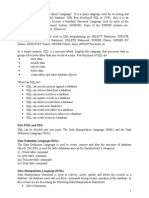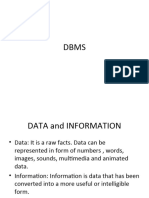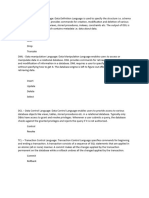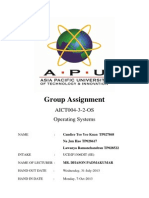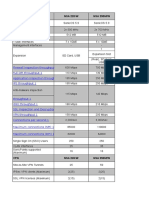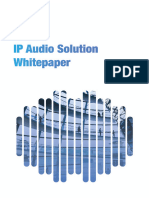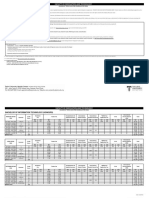0% found this document useful (0 votes)
3 views9 pagesDSC&PLSQL Unit-5
The document outlines various types of database languages, including Data Definition Language (DDL), Data Manipulation Language (DML), Data Control Language (DCL), and Transaction Control Language (TCL), each serving specific functions in database management. It also discusses integrity constraints that ensure data consistency and the features and data types of MySQL and PostgreSQL, two popular relational database management systems. The document highlights the importance of database structure, user access control, and the variety of data types supported by these systems.
Uploaded by
Nata RajCopyright
© © All Rights Reserved
We take content rights seriously. If you suspect this is your content, claim it here.
Available Formats
Download as PDF, TXT or read online on Scribd
0% found this document useful (0 votes)
3 views9 pagesDSC&PLSQL Unit-5
The document outlines various types of database languages, including Data Definition Language (DDL), Data Manipulation Language (DML), Data Control Language (DCL), and Transaction Control Language (TCL), each serving specific functions in database management. It also discusses integrity constraints that ensure data consistency and the features and data types of MySQL and PostgreSQL, two popular relational database management systems. The document highlights the importance of database structure, user access control, and the variety of data types supported by these systems.
Uploaded by
Nata RajCopyright
© © All Rights Reserved
We take content rights seriously. If you suspect this is your content, claim it here.
Available Formats
Download as PDF, TXT or read online on Scribd
/ 9












